RECKONstruct Exhibit Explores New Approaches to Sustainable Design
This year’s theme illuminates the connection between humanity and the natural environment through design.

The American pavilion, titled RECKONstruct, at the XXII International Exhibition of La Triennale di Milano was unveiled alongside showcases from around the world on March 1. The theme of this year’s International Exhibition is “Broken Nature: Design Takes on Human Survival,” illuminating the connection between humanity and the natural environment through design.
The American pavilion, conceived and developed by a group of environmental advocates including Arup, Humanscale, MIT’s SHINE Program, Novità Communications and NextWave Plastics, demonstrates how sustainable design can respond to the current global environmental crisis. Open through September 1, RECKONstruct spotlights the materials revolution underway in the United States and documents how the design studio of New York-based furniture company Humanscale reimagined a simple stool through three different approaches to sustainability—using naturally grown materials (bio-fabrication), harvesting unused waste (circular economy) and mimicking nature’s engineering solutions (biomimicry).
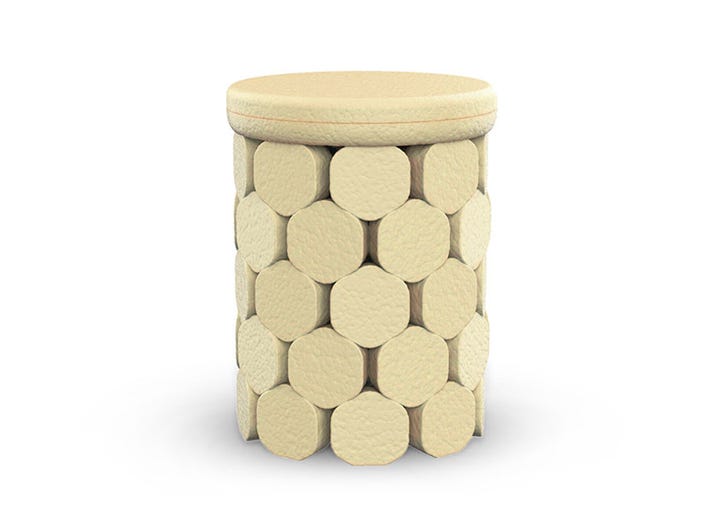
To measure the sustainability of each of the three designs, Humanscale partnered with the Massachusetts Institute of Technology’s SHINE program—Sustainability and Health Initiative for NetPositive Enterprise. Evaluating all three stool designs using a comprehensive lifecycle assessment (LCA) confirmed and quantified land, climate, water and energy impacts, among others, from materials sourcing to transportation, to manufacturing, to actual use. Ultimately, each stool is measured for its environmental “footprint” and “handprint,” or how it can help fix the broken nature that surrounds us.
"As a pioneer in sustainable design and manufacturing, Humanscale is honored to represent the United States in the important global movement reshaping mass production,” said Jane Abernethy, chief sustainability officer for Humanscale and curator for RECKONstruct, in a statement. ��“Sustainability is the ultimate design challenge, and our concept work on display at the Triennale’s Broken Nature presents the range and beauty of sustainable solutions inspired by nature.”
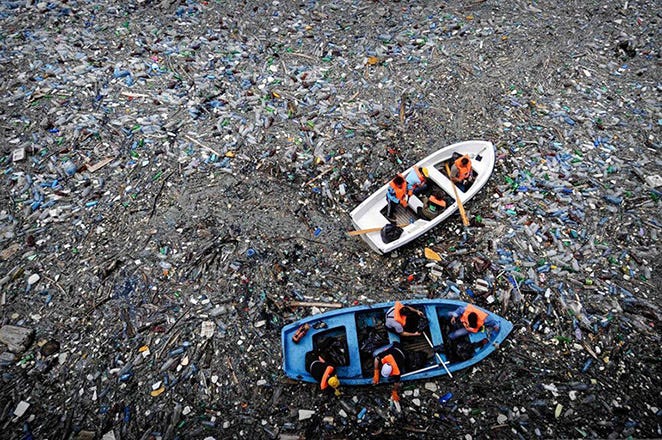
Using materials including bio-fabricated mycelium from Ecovative Design and plastic from fishing nets harvested from the ocean by Bureo, a member of NextWave Plastic’s consortium of materials suppliers committed to mitigating environmental contamination and nonrecyclable municipal waste, the stools have the capacity to absorb carbon dioxide, reduce ocean plastic pollution and avert methane emissions from landfills.
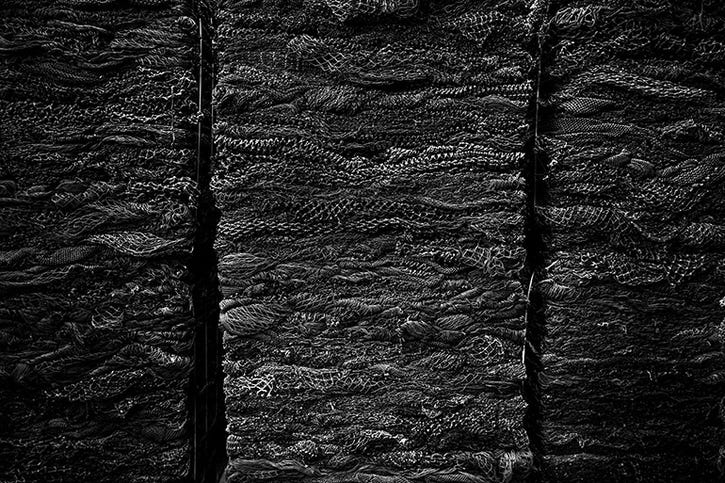
New York-based lighting manufacturer Stickbulb provided the pavilion’s lighting installations. Stickbulb turns wood from locally demolished buildings, decommissioned water towers and fallen trees into a system of modular LED beams. The Bough pendants on display are made from 300-plus-year-old redwood salvaged from a dismantled water tower at 32 Court Street in Brooklyn, N.Y.
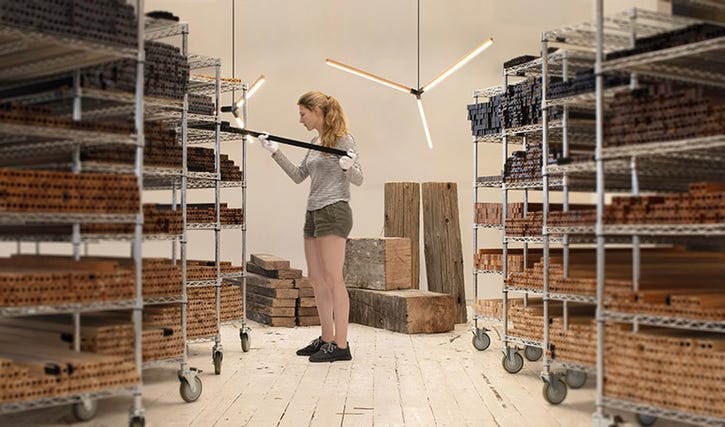
An immersive film, produced by a Los Angeles-based team of engineers and designers at global engineering firm Arup, contrasts the innovative design concepts with conventional manufacturing approaches. The concept of the film emerged from a consideration of the disconnect of design exhibitions from the outside material world. The curatorial team wanted to invite Triennale visitors to experience the reality of the material sources and supply chains that make possible the design objects on view throughout the exhibition, choosing an innovative 360-degree filming and audio recording technology to develop original filmed sequences to tell the full materials lifecycle story. In the exhibition, viewers are immersed into situations as diverse as a California coastal forest, an active rock quarry operation in Kansas, Humanscale’s New Jersey manufacturing facility and a construction recycling yard in Southern California.
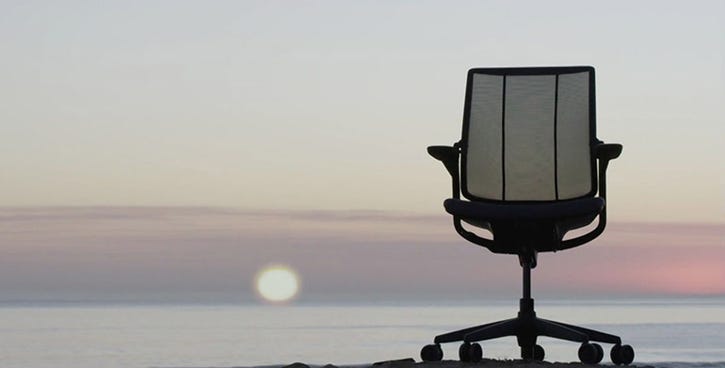
“We’ve become so far removed from the sources of materials we use in our daily lives, including where they come from and where they end up,” said Russell Fortmeyer, Arup associate principal and sustainability consulting leader and chief curator of the exhibit, in a statement. “RECKONstruct gives us elegant and tangible examples of how design that is conscientious of the lifecycle burdens of materials can bring forth better products to the spaces in which we spend our lives.”
About the Author
You May Also Like


